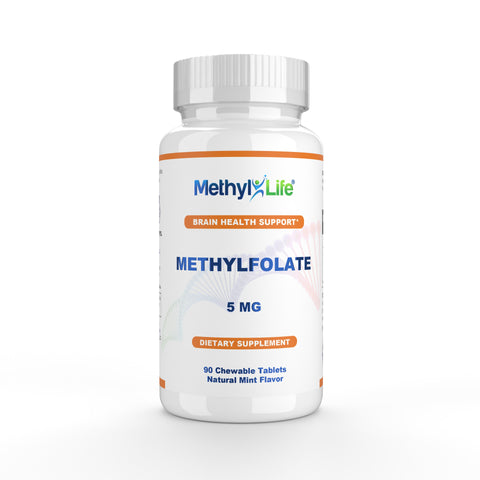What is SHMT?
Serine hydroxymethyltransferase (SHMT) is the enzyme required to convert the amino acid serine into glycine (another amino acid) by transferring part of the serine molecule to tetrahydrofolate (THF). This process creates 5,10-methylene-THF, the precursor to methylfolate.1
There are two isoforms of the SHMT enzyme: SHMT1 (in the cytoplasm) and SHMT2 (in the mitochondria). The SHMT1 enzyme is encoded by the SHMT1 gene and plays a central role in the cytoplasm, supplying one-carbon units for nucleotide synthesis (purines and thymidylate) and for regenerating methionine. All of these processes are essential for DNA synthesis and methylation.2
SHMT1 converts tetrahydrofolic (THF) and serine into 5,10-methylenetetrahydrofolate (MeTHF) and the amino acid glycine. MeTHF is then converted to methylfolate by the MTHFR enzyme.
Genetic variants in MTHFR can impair the methylation cycle by reducing the conversion of 5,10-methylene-THF to methylfolate. Efficient SHMT1 activity is important because it helps maintain sufficient levels of 5,10-methylene-THF required for MTHFR to function properly. This is particularly relevant for people with MTHFR mutations.
Research suggests there are many DNA sequence variants in both the SHMT1 and MTHFR genes, though most don’t significantly affect enzyme function. However, certain variants in SHMT1 may alter the activity of the SHMT1 enzyme.3













